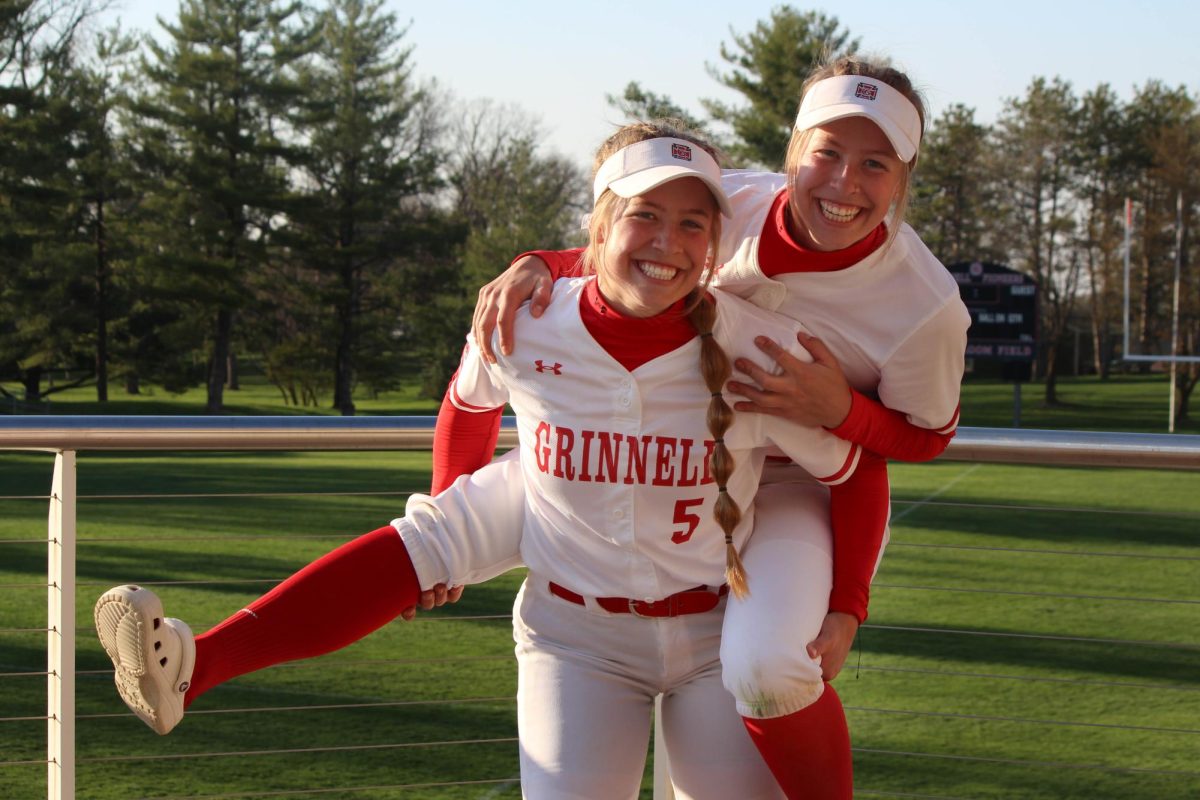By Lisa Oyolu
oyolulis17@grinnell.edu
A Mentored Advanced Project, or MAP, is a Grinnell program that allows students to work alongside Grinnell faculty on research projects and combines three key areas: new knowledge, student learning and faculty development. The goal is for students to build off of the knowledge they have acquired during their time at Grinnell and delve into research either in one or multiple disciplines.
Each summer, many Grinnellians choose to take on MAP research and this summer was no different. Aditya Sathish ’14 and Anya Vanecek ’14 were among the group of students who participated in MAPs this past summer.
During the Finance Research Seminar Sathish took during his third year, he realized how much he enjoyed hands-on research and decided to conduct his own through a MAP. Sathish decided to be a part of a group of students working on research topics under the larger umbrella of mergers and acquisitions with Caleb Stroup, Economics.
“[It was] a great opportunity to explore an area which I didn’t know too much about,” Sathish said.
Sathish’s MAP sought to answer the research question, “Does the probability of bankruptcy affect the premium paid to a company when it is bought?” To tackle this question, Sathish explored public documents about various mergers and attempted to calculate a company’s likelihood of going bankrupt. He then compared this with the price paid to a company when it is purchased. This research gave him a better understanding of the intricacies of mergers, a skill that Sathish is proud to have been able to acquire since he plans to pursue a career in finance.
Unlike most people, Sathish particularly enjoyed the opportunity to read through about 250 or 300 proxy statements discussing the specific deals, examining what he describes as the “behind-the-scenes information.” Sathish was surprised to find that the risk of entering bankruptcy was not necessarily as important of a factor as he had expected in determining the merger premium.
Although Sathish had an idea in mind and knew that he wanted to do his research project on something related to finance and economics, Vanecek’s research found her. During a conversation with Doug Caulkins, Anthropology, Vanecek expressed interest in doing in-depth work in the field of anthropology during the summer.
For her MAP, Vanecek traveled across the globe to study the long-standing violent cultural conflict between the Loyalists and Republicans in the city of Derry in Northern Ireland, specifically their use of art as a tool for reconciliation. The violence between the two groups reached an all-time high during “The Troubles,” a period which began during the 1960’s, but Vanecek notes that the conflict is still very much present despite having technically ended in the nineties.
Vanecek has seen telling changes regarding the issue of whether reconciliation efforts are headed on the right track. When describing the differences between the sentiments of the people of Derry regarding the issue of reconciliation, Vanecek cites a three-day long festival celebrating the city’s patron saint as a major sign that conditions are improving in Derry.
“A year ago, a lot of people wouldn’t have believed that they could do that,” she said.
An additional sign that conflict has decreased in Derry was the lack of violence during an annual march on July 12 in various cities throughout Northern Ireland, which is organized by a Protestant fraternal organization and commemorates a seventeenth century Protestant battle victory over the Catholics.
“[The Protestants] marched through all the traditional flash points, and there was no violence. Not even a stone was thrown,” Vanecek said.
Despite these instances of progress toward peaceful resolution, Vanecek also recognized actions taking place that are not quite as easy to spot.
“The best evidence is not what’s being done … but that the vibe in the city is completely different. The people are much more hopeful,” she said.
Both Sathish and Vanecek echoed the attitude that their research opportunities were well worth the effort that they put into them. Although they vary in disciplines, the commonality amongst all MAPs is that they are, in a sense, graduate-level research projects. MAPs move beyond the walls of the classroom and contribute something new to their respective fields of study from which the larger community of scholars can benefit.




























































